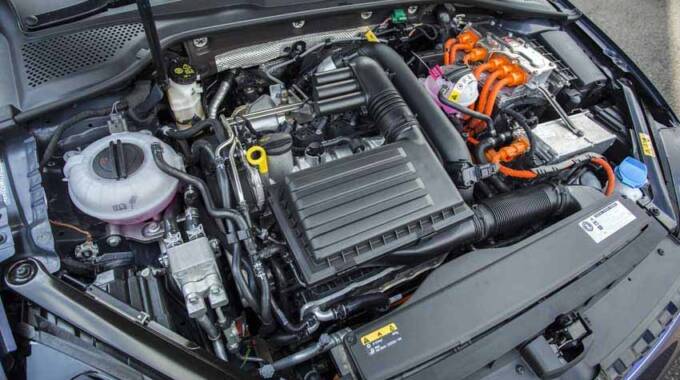
The ManicaPost

A hybrid car is powered by two different sources: an internal combustion engine, a battery and an electric motor.
There’s more than one type of hybrid car, though, and different hybrids work in different ways, and this article will explain everything you need to know.
What is a hybrid car?
The term ‘hybrid’ comes from the Latin word ‘hybrida’, meaning the offspring of a domestic pig, and a wild boar.
The term has since been applied to various things, particularly plants created from two different species, and in 1997 it appeared on cars when the first mainstream hybrid, the petrol-electric Toyota Prius, arrived on the scene.
The vast majority of hybrid cars pair a petrol engine with an electric motor, but a handful offer a diesel-electric combination; these are rare (Mercedes is the only firm offering these at present), so for the purposes of this article we’ll use petrol-electric as the default assumption.
How do hybrid cars work?
While different types of hybrid cars work in different ways, in essence the idea is that a petrol engine exists to power the car on long journeys, with a battery and electric motor providing power for shorter trips, particularly urban ones, where emissions are more of a concern.
Types of hybrid cars
As set out above, there are different types of hybrid, which we’ll detail now.
Self-charging hybrid
Self-charging hybrids can’t be plugged in – their batteries are charged either by the petrol engine acting as a generator, or by power recuperated from braking, which is converted from kinetic energy into electrical energy; this is known as regenerative braking.
Self charging hybrids can run on battery power only, shutting off the engine for zero-emission motoring — but they can typically only do this for short distances (perhaps 1.5km) and at low speeds (perhaps up to 40km per hour).
Toyota and its posh sibling Lexus are the best-known makers of self-charging hybrids, but cars like the Renault Clio and Ford Kuga are also available with this system.
Plug-in hybrid
Plug-in hybrids, also known as PHEVs (short for plug-in hybrid electric vehicle) come with an engine and a battery/motor combo, as self-charging hybrids do but, as the name suggests, their batteries can be charged up from a socket, in addition to the batteries being charged by the engine and brakes.
Plug-in hybrid electric vehicles have larger battery packs and more powerful motors than self-charging hybrids, allowing them to travel much further (30-120 kms, depending on the car), and at higher speeds (110 km per hour and beyond).
Plug-in hybrids tend to be a fair bit more expensive than self-charging models.
Many, many different models of cars are offered with plug-in hybrid technology; it tends to be offered as an alternative to conventional petrol or diesel power on everything from the relatively humble Volkswagen Golf, to the high-end Porsche Cayenne.
Mild hybrid
Mild hybrids aren’t really hybrids at all – not in the sense we’ve discussed so far, anyway.
A mild hybrid has a very small electric motor and a similarly small battery, but they can’t power themselves by electricity alone.
Instead, the battery and motor can provide the engine with assistance when moving off from a standstill, while the engine may be able to turn off when the car is travelling downhill, allowing the car to coast while the battery keeps systems like the power steering running.
Think of a mild hybrid system as a sophisticated stop-start system and you won’t be far wrong.
Benefits of hybrid cars
Self-charging hybrid benefits.
Improved fuel economy, particularly in town.
Zero-emission motoring, particularly in town.
Tend to be very smooth.
Proven technology with good reputation for reliability.
No need to plug in regularly.
Cheaper than plug-in hybrid tech.
Plug-in hybrid benefits
Meaningful electric range can allow for zero-emission commutes
Behaves like an electric car when charged
Can manage motorways on battery power
Disadvantages of hybrid cars
Self-charging hybrid disadvantages
Rely on petrol engine most of the time
Not known for engaging driving experiences
Plug-in hybrid disadvantages
Expensive compared to SC hybrids and conventional petrol and diesel cars.
Have to be plugged in regularly to make the most of them.
Overall fuel economy poor if battery isn’t charged regularly. — www.carwow.co.uk.



